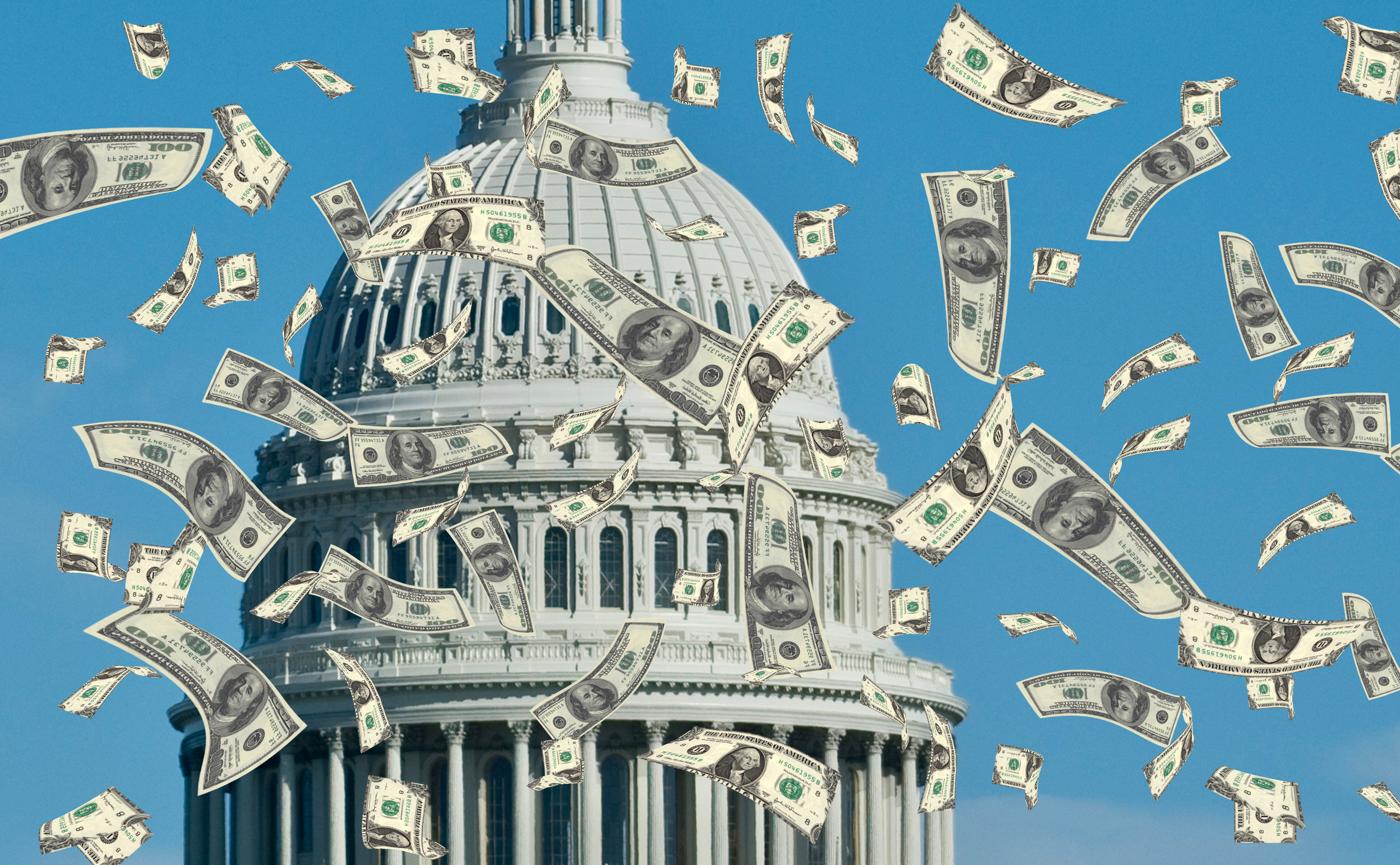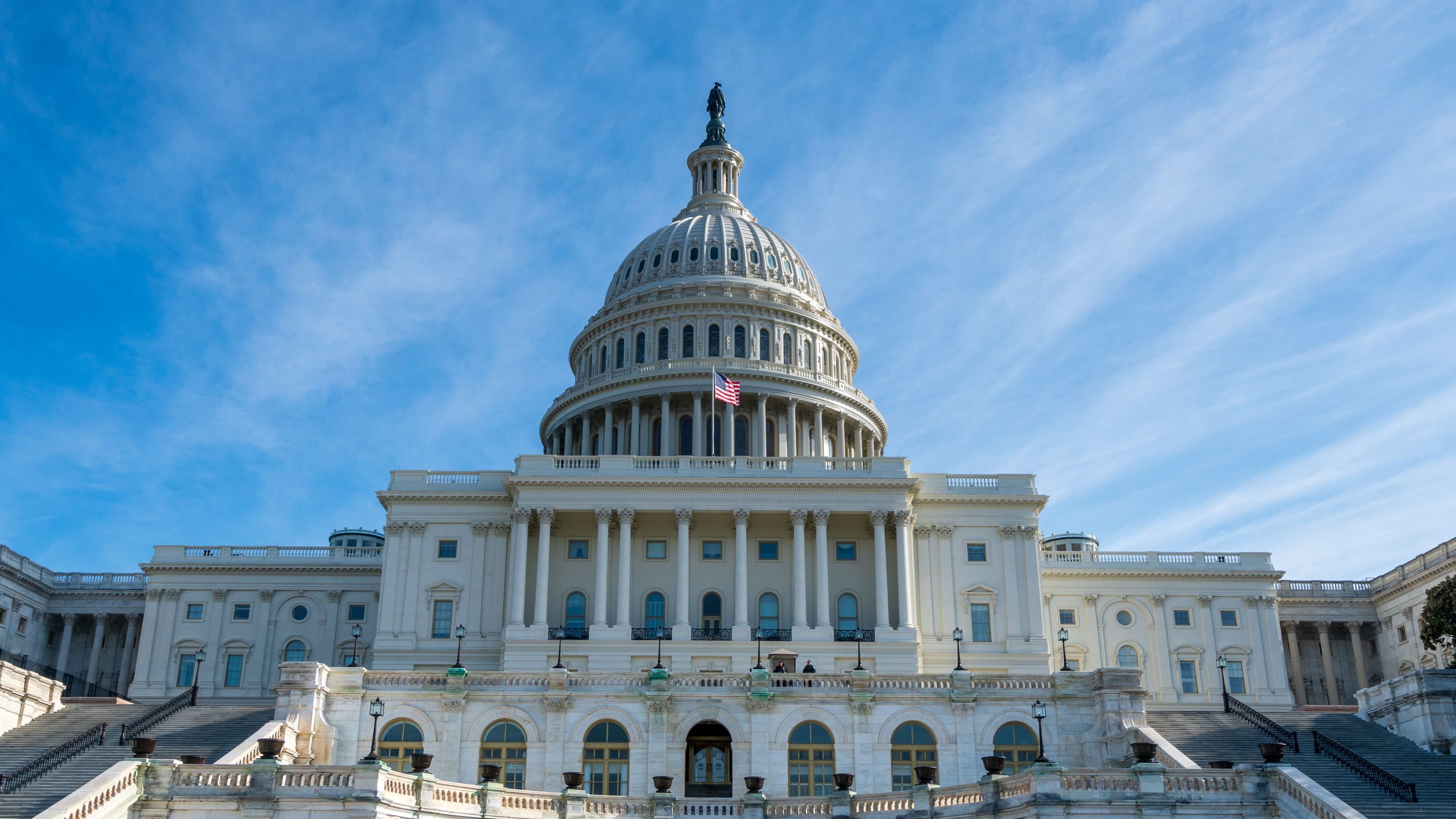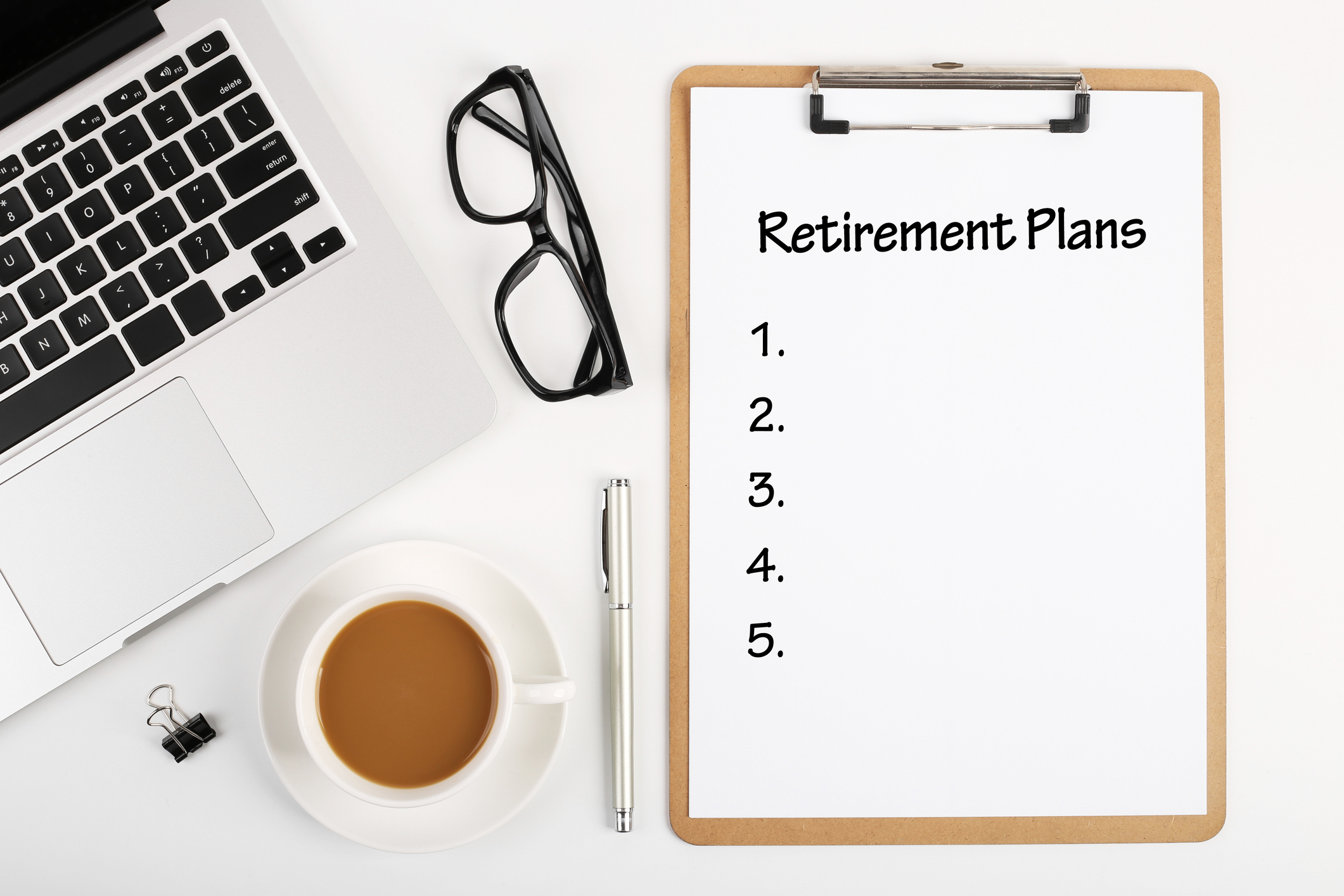Claiming the Child-Care Tax Credit
You may be able to take advantage of this tax break even if you contribute to and use money from a dependent-care flexible-spending account.

I used my dependent-care flexible-spending account at work to pay for my two daughters’ daycare expenses in 2011. But I still had way more expenses beyond what I had in my FSA. Can I take the child-care tax credit for any of the extra expenses?
Yes. Because you have two kids and had more than $5,000 in child-care costs, you can claim a portion of the tax credit even though you have already used pretax money from your FSA for their care.
Here’s how the two tax breaks play out: With a dependent-care flexible-spending account, you can set aside up to $5,000 in pretax money to pay for care for your children under age 13 while you work. With the child-care tax credit, you can claim up to $3,000 of expenses for one child under 13 and up to $6,000 for two or more kids. You can’t use the same expenses to get both tax breaks. It’s usually more valuable to use the FSA for child care than it is to take the tax credit because money in the FSA escapes Social Security and Medicare taxes as well as income tax (see FSA or Child-Care Credit? for details). Also see IRS Publication 503 Child and Dependent Care Expenses,
From just $107.88 $24.99 for Kiplinger Personal Finance
Become a smarter, better informed investor. Subscribe from just $107.88 $24.99, plus get up to 4 Special Issues

Sign up for Kiplinger’s Free Newsletters
Profit and prosper with the best of expert advice on investing, taxes, retirement, personal finance and more - straight to your e-mail.
Profit and prosper with the best of expert advice - straight to your e-mail.
If you pay for care for two or more kids under age 13, you can max out your FSA and still claim the tax credit for up to an extra $1,000 in expenses, which would cut your tax bill by at least $200. If you have just one child and you’ve maxed out your FSA, you aren’t eligible for the credit because the limit is $3,000 in total expenses; you can’t use any excess expenses toward the credit.
Families who earn less than $15,000 can claim a tax credit for 35% of their child-care expenses; families who earn more than $43,000 get the smallest credit, worth 20% of their eligible expenses. This is a tax credit, not a deduction, so it lowers your tax bill dollar for dollar.
Expenses that qualify for both the spending account and the credit include the cost of daycare, a nanny or babysitter, preschool, before-school or after-school care, and even the cost of summer day camp for children under age 13, if you spend the money on care so you can work or look for work. If you’re married, both you and your spouse must have a job (or be looking for work) or be a full-time student to qualify. To claim the credit, file Form 2441 with your federal tax return. For more information about the child-care credit, see FAQs on the Child-Care Tax Credit.
For more tax information for this year’s filing season, see 7 Tips for Filing Your 2011 Taxes.
Profit and prosper with the best of Kiplinger's advice on investing, taxes, retirement, personal finance and much more. Delivered daily. Enter your email in the box and click Sign Me Up.

As the "Ask Kim" columnist for Kiplinger's Personal Finance, Lankford receives hundreds of personal finance questions from readers every month. She is the author of Rescue Your Financial Life (McGraw-Hill, 2003), The Insurance Maze: How You Can Save Money on Insurance -- and Still Get the Coverage You Need (Kaplan, 2006), Kiplinger's Ask Kim for Money Smart Solutions (Kaplan, 2007) and The Kiplinger/BBB Personal Finance Guide for Military Families. She is frequently featured as a financial expert on television and radio, including NBC's Today Show, CNN, CNBC and National Public Radio.
-
 Should You Renew Your CD?
Should You Renew Your CD?With rate cuts impacting earnings, we examine if now is a wise time to renew CDs.
-
 7 Ways to Plan Now to Save on Medicare IRMAA Surcharges Later
7 Ways to Plan Now to Save on Medicare IRMAA Surcharges LaterUnderstand the critical two-year lookback period and why aggressive planning before you enroll in Medicare is the most effective way to minimize IRMAA.
-
 Law Reversal Looming? Trump Eyes 2026 Gambling Winnings Tax Change
Law Reversal Looming? Trump Eyes 2026 Gambling Winnings Tax ChangeTax Deductions It's no secret that the IRS is coming after your gambling winnings in 2026. But how long will that last?
-
 5 Types of Gifts the IRS Won’t Tax: Even If They’re Big
5 Types of Gifts the IRS Won’t Tax: Even If They’re BigGift Tax Several categories of gifts don’t count toward annual gift tax limits. Here's what you need to know.
-
 The 'Scrooge' Strategy: How to Turn Your Old Junk Into a Tax Deduction
The 'Scrooge' Strategy: How to Turn Your Old Junk Into a Tax DeductionTax Deductions We break down the IRS rules for non-cash charitable contributions. Plus, here's a handy checklist before you donate to charity this year.
-
 Tax Refund Alert: House GOP Predicts 'Average' $1,000 Payouts in 2026
Tax Refund Alert: House GOP Predicts 'Average' $1,000 Payouts in 2026Tax Refunds Here's how the IRS tax refund outlook for 2026 is changing and what steps you can take now to prepare.
-
 New IRS Changes to FSA Contribution Limits for 2026: What to Know
New IRS Changes to FSA Contribution Limits for 2026: What to KnowHealth Care Flexible Spending Accounts have tax advantages worth looking into, especially in light of new IRS changes.
-
 Is a New $25,000 Health Care Tax Deduction Coming in 2026?
Is a New $25,000 Health Care Tax Deduction Coming in 2026?Tax Policy A proposal from GOP Sen. Josh Hawley adds to the chatter about health care affordability.
-
 3 Ways High-Income Earners Can Maximize Their Charitable Donations in 2025
3 Ways High-Income Earners Can Maximize Their Charitable Donations in 2025Tax Deductions New charitable giving tax rules will soon lower your deduction for donations to charity — here’s what you should do now.
-
 An HSA Sounds Great for Taxes: Here’s Why It Might Not Be Right for You
An HSA Sounds Great for Taxes: Here’s Why It Might Not Be Right for YouHealth Savings Even with the promise of ‘triple tax benefits,’ a health savings account might not be the best health plan option for everyone.
-
 10 Retirement Tax Plan Moves to Make Before December 31
10 Retirement Tax Plan Moves to Make Before December 31Retirement Taxes Proactively reviewing your health coverage, RMDs and IRAs can lower retirement taxes in 2025 and 2026. Here’s how.